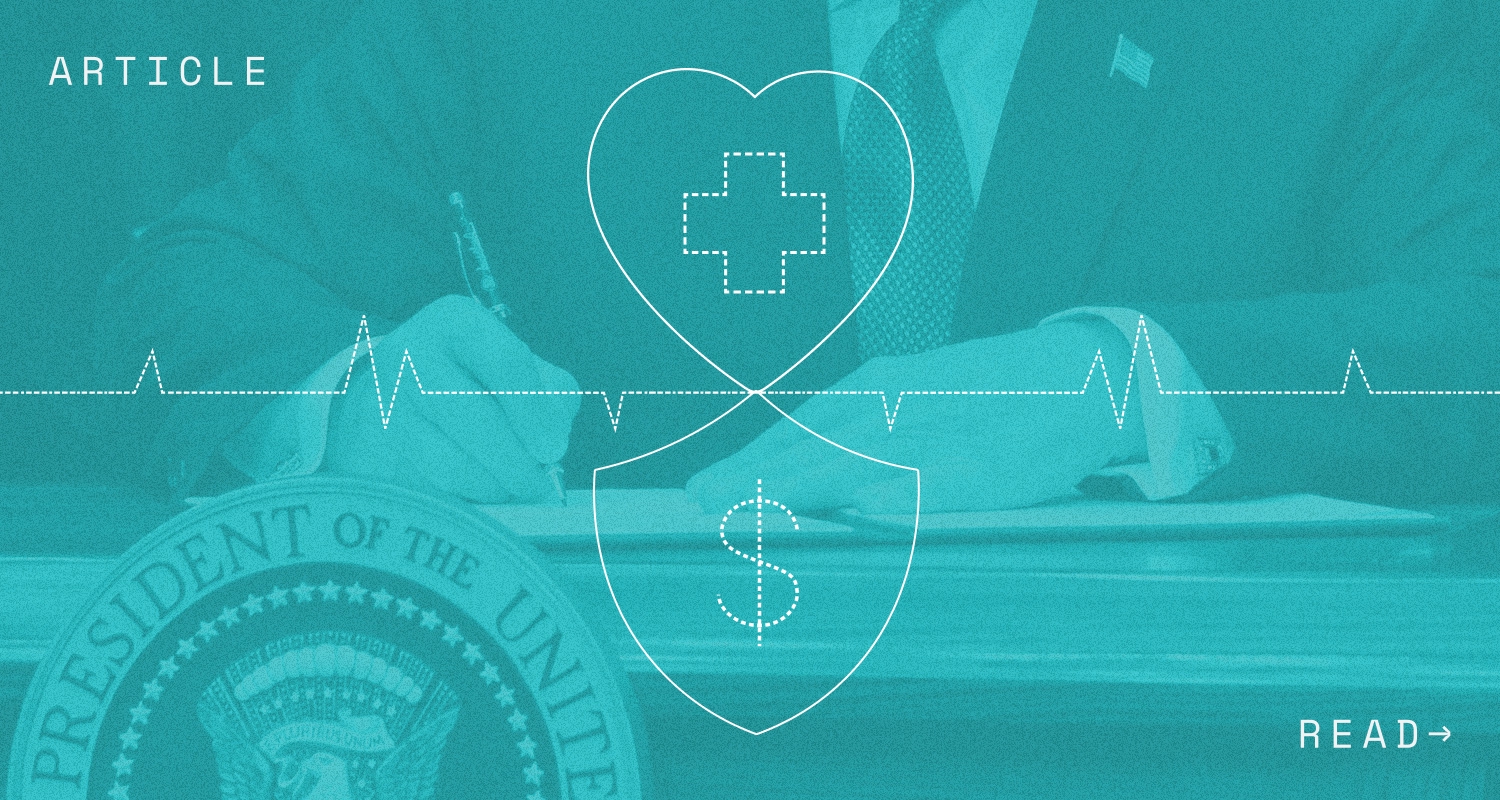On December 16, 2021, the California Occupational Safety and Health Standards Board (“Cal-OSHA”) formally readopted and expanded the state’s existing COVID-19 Emergency Temporary Standard (“CA ETS”). The updated CA ETS takes effect January 14, 2022 and will remain in effect through April 2022, unless readopted.
Employers are reminded that CA ETS is distinct from the federal ETS. CA ETS was first adopted in November 2020, readopted with some changes in June 2021, and again readopted with more changes in December 2021. This article provides an overview of the December 2021 updates to CA ETS and highlights key updates that employers should be aware of in anticipation of the upcoming effective date.
Compliance Snapshot:
- Revised definition of a COVID-19 test and what constitutes being fully vaccinated;
- Updates to what is considered compliant face covering;
- New definition of “worksite” for purposes of required employee notification;
- Differing quarantine requirements depending on whether individuals are fully or not fully vaccinated in the event of COVID-19 exposure;
- All employees are required access to testing in the event an employer is required to implement “outbreak” procedures.
Revised Definition of COVID-19 Test
The revised CA ETS provides additional guidance on the administration of COVID-19 testing by expanding what is considered to be compliant beyond viral tests. The definition now includes home tests, over-the-counter tests, and point-for-care tests. However, a test cannot be self-administered and self-read unless by the employer or authorized telehealth provider.
- What this means: While this expanded definition provides some greater flexibility for administering and receiving results of COVID-19 testing, employers are reminded that employees are not able to simply report results of at-home tests themselves. Employers should be aware of this and update existing policies accordingly.
Revised Definition of Face Coverings
The revised CA ETS clarified that face coverings will need to pass a “light test”. This means that compliant coverings should not allow light to pass through when held up to a light source. In addition, masks must fit snuggly over the nose, mouth, and chin with no large gaps on the outside of the face. The definition also includes clear face coverings or cloth face coverings with a clear plastic panel, which may be used to assist employees who are deaf, hearing impaired, or others who need to see a speaker’s mouth or facial expressions to facilitate communication.
- What this means: While this definition clarifies what it considered a compliant face-covering, the actual guidance on face coverings remains static. Both vaccinated and unvaccinated employees must wear face coverings. Employers should be aware of this and update existing policies, as necessary.
Revised Definition of Fully Vaccinated
The revised CA ETS expands the definition of fully vaccinated to include any combination of two doses of a vaccine as long as the second dose was not received earlier than 17 days (21 days with a 4-day grace period) after the first dose. The definition also includes vaccines administered as part of a clinical trial.
- What this means: While this definition clarifies who is considered fully vaccinated for purposes of the CA ETS, both vaccinated and unvaccinated employees must wear face coverings at the workplace. It does not change the definition of “fully vaccinated” to require booster shots. Employers should be aware of this and update existing policies, as necessary.
Revised Definition of Worksite
The revised CA ETS clarifies that a worksite does not include locations where the worker worked by themselves without exposure to other employees, or to a worker’s personal residence or alternative work location chosen by the worker when working remotely.
- What this means: The updated definition is a welcome clarification and may reduce the notification requirements that some employers would have otherwise been required to complete. That said, employers must continue to properly notify employees, their representatives, and any other workers at a worksite of possible COVID-19 exposures within one business day, where applicable.
Updates to Screening of Employees for COVID-19 Symptoms
The CA ETS reiterates that employers must have a written COVID-19 Prevention Program that includes policies for identifying and evaluating COVID-19 hazards in the workplace. The CA ETS clarifies that if the employer conducts screening indoors at the workplace, face coverings are required by both screeners and employees (regardless of vaccination status).
- What this means: This is a notable change from the existing CA ETS which currently permits fully vaccinated employees to forego wearing a mask during screenings. Employers should be aware of this and update existing policies, as necessary.
Updates to Requirements for Outbreak Testing
While the revised CA ETS does not change the definition of “outbreak” (defined as three or more employee COVID-19 cases within the exposed group) employers are now required to make testing available to fully vaccinated employees even if they are asymptomatic. Previously CA ETS exempted fully vaccinated employees who were not experiencing COVID-19 symptoms from the exposed group testing requirements.
- What this means: It is important for employers to recognize the new testing requirements to include asymptomatic and fully vaccinated employees in the event of an outbreak. Employers should be aware of this and update existing policies, as necessary.
Updates to Quarantine and Distancing Requirements for Possible COVID-19 Exposures
While the revised CA ETS continues to exempt fully vaccinated and asymptomatic employees from being entirely excluded from the workplace, it now requires that they wear a face covering and maintain physical distancing from all others at the workplace for 14 days following the last date of close contact with a COVID-19 case. The revised CA ETS changed the quarantine requirement for those employees who are not fully vaccinated. A 10-day quarantine remains permitted under the CA ETS for non-vaccinated employees, but only if the employee maintains six feet of distance from others at work and wears a face covering for 14 days following the last date of close contact with a COVID-19 case.
- What this means: Employers should audit their current policies to ensure compliance with the updated return to work requirements effective January 14, 2022.
Returning to Work after Possible COVID-19 Exposure
The revised CA ETS includes additional requirements for returning to the workplace when an individual was in close contact with a COVID-19 exposure. The existing CA ETS permits asymptomatic employees to return after 10 days following exposure. Beginning January 14, 2022, the revised CA ETS will now require 14 days, subject to two exceptions outlined in the revised CA ETS.
- What this means: Employers should audit their current policies to ensure compliance with the updated return to work requirements effective January 14, 2022.
Employer Considerations
Employers who have employees working in-person at California offices should begin preparing to implement the revised CA ETS as soon as possible. This article provides a non-exhaustive summary of the updates to the CA ETS and we highly recommend employers consult employment law counsel for a comprehensive review of how the changes impact your workplace.
Please note that Sequoia Workplace has tech-enabled capabilities that provide a streamlined solution to address many of the compliance challenges mentioned above and it can help your business more confidently stay compliant. Sequoia Workplace offers vaccination & COVID-19 test tracking, employee desk reservations to manage office distancing requirements, QR code scanning for the in-office experience, and COVID-19 policy design capabilities for all 50 states. Please reach out to your Sequoia Client Service team to learn more about how Sequoia Workplace can assist you.
Additional Resources
- December 16, 2021 Second Readoption ETS
- Sequoia Forewords:
Disclaimer: This content is intended for informational purposes only and should not be construed as legal, medical or tax advice. It provides general information and is not intended to encompass all compliance and legal obligations that may be applicable. This information and any questions as to your specific circumstances should be reviewed with your respective legal counsel and/or tax advisor as we do not provide legal or tax advice. Please note that this information may be subject to change based on legislative changes. © 2021 Sequoia Benefits & Insurance Services, LLC. All Rights Reserved




